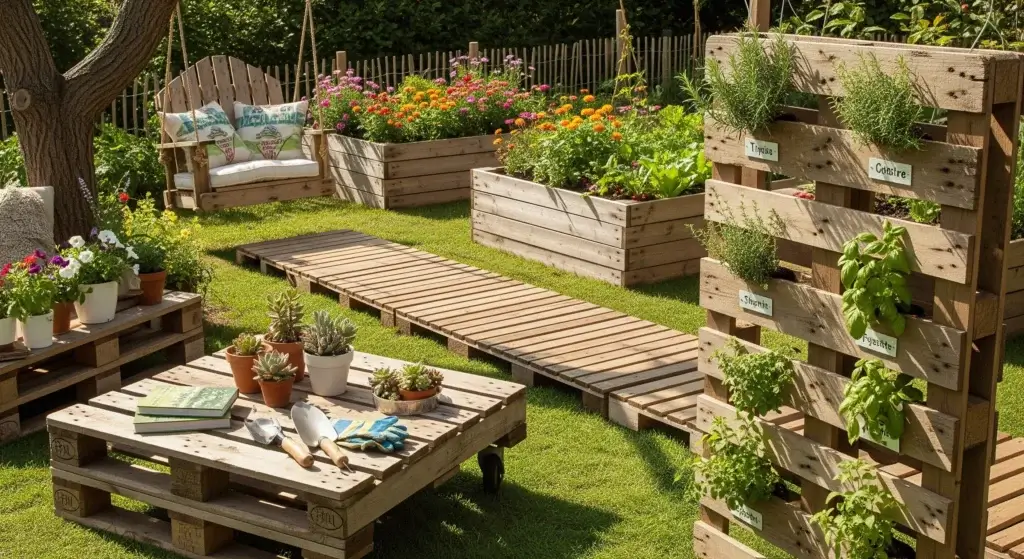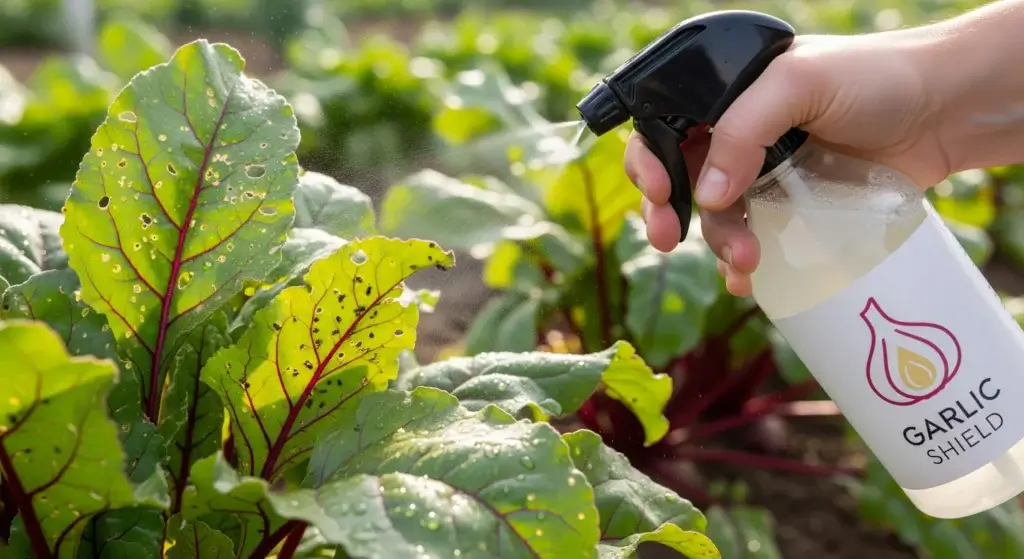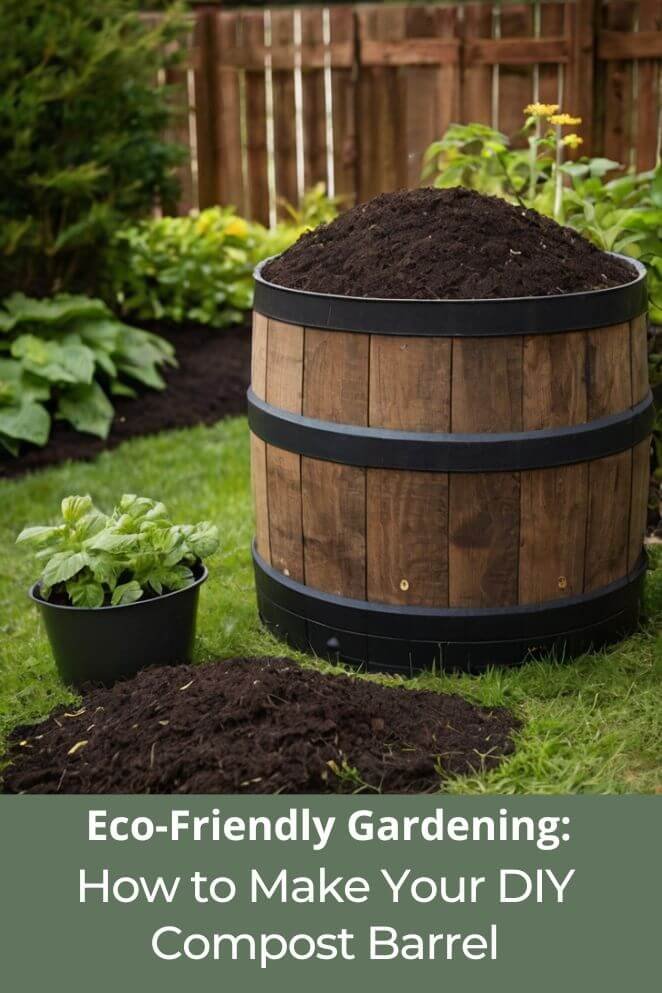
Composting is one of the most effective ways to reduce waste and give back to the earth.
By turning food scraps and yard waste into nutrient-rich compost, you’re not only cutting down on landfill waste but also creating a valuable resource for your garden.
One popular method for small-scale composting is using a compost barrel, which helps speed up the decomposition process and makes composting more efficient.
Different Types of Compost Barrels
There are several types of compost barrels to choose from, depending on your space, budget, and how much compost you plan to produce.
Here are a few popular options:
Tumbler compost barrels
Tumbler compost barrels are mounted on a frame, allowing you to turn or “tumble” the compost inside.
This is a great option if you’re looking to speed up the composting process.
Turning the compost regularly provides better airflow, which helps the organic material break down faster.
Tumblers are easy to use since you don’t need to manually mix the compost with a pitchfork or shovel—it’s all done by rotating the barrel.
- Read also: Nourishing Naturally: How to Make Organic Fertilizers at Home
- Read also: Steps for Beginners: Create Your Own DIY Compost Bucket
Stationary compost barrels
Stationary compost barrels, also known as bins, are large containers that sit directly on the ground.
They don’t have the tumbling feature, so you’ll need to mix the compost yourself using a tool like a garden fork.
While not as convenient as tumblers, stationary barrels are often more affordable and simpler to set up.
They’re a good option if you’re okay with a little extra effort and have space to allow the compost to sit and break down over time.
DIY barrel on a stand
A DIY barrel on a stand is a blend between a tumbler and a stationary barrel.
It’s usually a barrel that you mount on a frame, allowing you to rotate it manually.
This gives you the benefit of aeration, similar to a tumbler, but at a lower cost.
Many people enjoy building their own compost barrels because they can customize them to fit their space and composting needs.

Factors to Consider When Selecting a Barrel
Before you start building your compost barrel, consider the following factors to ensure your setup will meet your composting needs:
Size
Consider how much compostable material you generate.
If you have a large garden or household that produces a lot of food scraps and yard waste, you’ll need a bigger barrel—at least 50 gallons or more.
For smaller households or limited spaces, a 30-gallon barrel might be more than enough.
Make sure the size matches the volume of compost you expect to produce.
Material
Most compost barrels are made from durable plastic because it’s lightweight, easy to handle, and resistant to the outdoor elements.
If you choose plastic, ensure its food-safe and sturdy enough to withstand wear and tear.
Metal barrels are another option, but they can rust over time and may need more maintenance.
Whatever material you choose, it should be strong enough to handle frequent use and outdoor conditions.
Ventilation
Proper airflow is crucial for composting.
Without good aeration, the compost won’t break down as efficiently, and it may start to smell.
Make sure the barrel has ventilation holes or spaces that allow air to circulate.
If you’re building a DIY barrel, you’ll need to drill these holes yourself to ensure proper airflow.
Location
Where you place your compost barrel is important for both convenience and effectiveness.
Put the barrel in a shaded but accessible spot to prevent the compost from overheating.
You’ll want it close enough to your kitchen or garden so that adding compost materials and turning the pile is easy.
Make sure the location allows for good drainage and that it’s not too far out of the way.
Materials Needed
Here’s a list of materials you’ll need to build your own compost barrel:
- A plastic or metal barrel (30–50 gallons)
- Drill and a 1/4-inch drill bit
- Metal rod or PVC pipe for aeration (optional, for tumbling systems)
- Sturdy stand or wooden frame (if building a tumbler)
- Bungee cords or latches (optional, to secure the lid)
- Compost materials: green (nitrogen-rich) materials like food scraps, and brown (carbon-rich) materials like dry leaves or cardboard
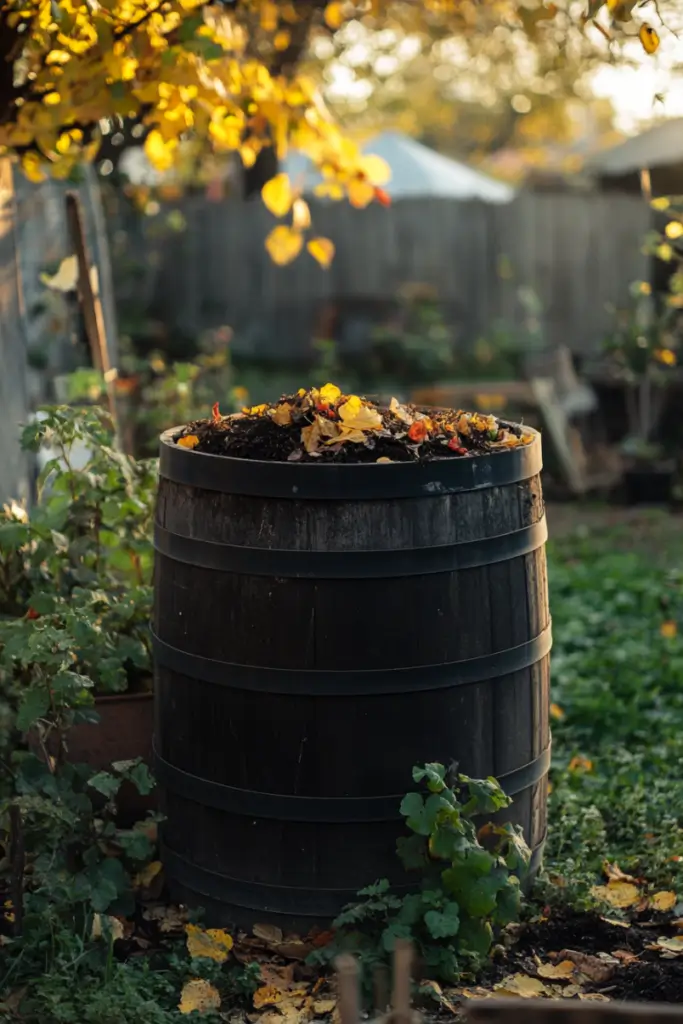
Step-by-Step Guide to Building a Compost Barrel
Creating your own compost barrel is a fantastic way to recycle kitchen scraps and yard waste while producing nutrient-rich compost for your garden.
Here’s a detailed, step-by-step guide to help you build a compost barrel effectively.
Step 1: Select your barrel
The first step is choosing the right barrel for your composting needs.
Look for a large, food-safe plastic or metal barrel—ideally around 30 to 55 gallons.
If you’re recycling an old barrel, ensure it hasn’t previously stored harmful chemicals.
Cleaning it thoroughly is essential to remove any residues that could harm your compost.
A simple rinse with warm soapy water and a good scrub should do the trick.
Once it’s clean, you’re ready to move on to the next step.
Step 2: Drill ventilation holes
Ventilation is crucial for successful composting.
Using a drill, create multiple small holes, about 1/4 inch in diameter, around the sides and bottom of the barrel.
These holes will allow air to flow into the compost, which is essential for the decomposition process.
Space the holes evenly to ensure consistent airflow.
Proper ventilation helps prevent odors and keeps the compost aerobic, speeding up the breakdown of organic materials.
Step 3: Create an aeration system (Optional)
For even better airflow, consider creating an aeration system within the barrel.
You can do this by inserting a PVC pipe or a metal rod through the center of the barrel.
Drill holes into the pipe as well, allowing air to circulate through the core of the compost pile.
This additional airflow can enhance the composting process, especially in a larger barrel, ensuring that all materials receive enough oxygen for effective decomposition.
Step 4: Build or attach a stand (for tumblers)
If you’re opting for a tumbler-style compost barrel, you’ll need to mount the barrel on a sturdy stand or frame.
This allows for easy rotation, which is essential for mixing the compost and promoting aeration.
You can build a simple stand using wood or metal, or you can purchase a pre-made frame designed for compost tumblers.
The ability to easily rotate the barrel helps speed up the composting process and ensures that the materials break down evenly.
Step 5: Secure the lid
A secure lid is vital for keeping your compost barrel effective.
It helps keep pests out, retains moisture, and prevents odors from escaping.
If your barrel doesn’t have a fitted lid, you can use bungee cords or latches to hold the lid in place securely.
This is especially important if you plan to rotate the barrel frequently, as you don’t want the contents spilling out.
Step 6: Add your compost materials
Now that your barrel is ready, it’s time to start composting!
Begin by adding alternating layers of green and brown materials.
Green materials include food scraps like vegetable peels, coffee grounds, and grass clippings, which provide nitrogen.
Brown materials include dry leaves, cardboard, and paper, which add carbon to the mix.
Maintaining a good balance between green and brown materials is crucial for effective composting—about one part green to three parts brown is a good rule of thumb.
This balance helps ensure that the compost breaks down properly, producing rich, usable compost for your garden.

Maintaining Your Compost Barrel
To keep your compost barrel working efficiently and producing rich, healthy compost, it’s important to maintain it properly.
Here are a few simple tips to help you get the most out of your composting efforts:
Turn the compost regularly
If you’re using a tumbler system, make sure to turn the compost every 2–3 days.
This helps to aerate the materials, speeding up the decomposition process.
If you’re working with a stationary barrel, you’ll need to mix the compost manually using a pitchfork or shovel every 1–2 weeks.
Regular mixing ensures the materials break down evenly and keeps your compost healthy.
Monitor moisture levels
Compost should feel like a damp sponge—moist but not soggy.
If it starts to dry out, add more green materials like vegetable scraps or a little water to bring the moisture level back up.
If it gets too wet, mix in some brown materials like dry leaves or shredded paper and make sure the barrel has enough ventilation to dry things out a bit.
Keeping the moisture balanced is key to keeping your compost pile active and odor-free.
Keep it balanced
Maintaining the right ratio of green to brown materials is important for a healthy compost pile.
Aim for roughly 1-part green materials (like food scraps and grass clippings) to 3 parts brown materials (like dry leaves and cardboard).
Too much green material can lead to bad smells, while too much brown material will slow down the composting process.
Keeping this balance will help the materials break down quickly and produce high-quality compost.
Troubleshooting Common Issues
Even with a well-maintained compost barrel, you might run into some common issues.
Here’s how to handle them and keep your compost on track:
Foul odor
If your compost barrel starts to smell bad, it’s usually because there’s too much moisture or too many green materials (like food scraps).
To fix this, add more dry, brown materials like leaves, cardboard, or shredded paper.
These will help absorb the excess moisture and balance out the green materials.
Also, make sure to turn the compost more often to improve airflow, which helps prevent odor buildup.
Slow decomposition
If your compost seems to be taking forever to break down, it might be too dry or lacking air.
Check the moisture level—if it feels too dry, sprinkle a little water to moisten it.
Make sure you’re also turning the compost regularly to keep it aerated.
Both water and air are crucial for speeding up the decomposition process.
Pests
A well-maintained compost barrel shouldn’t attract pests.
If you notice unwanted visitors, make sure the lid is tightly secured.
Also, avoid adding meat, dairy, or oily foods to your compost, as these can attract animals.
Stick to plant-based scraps and yard waste to keep pests away.
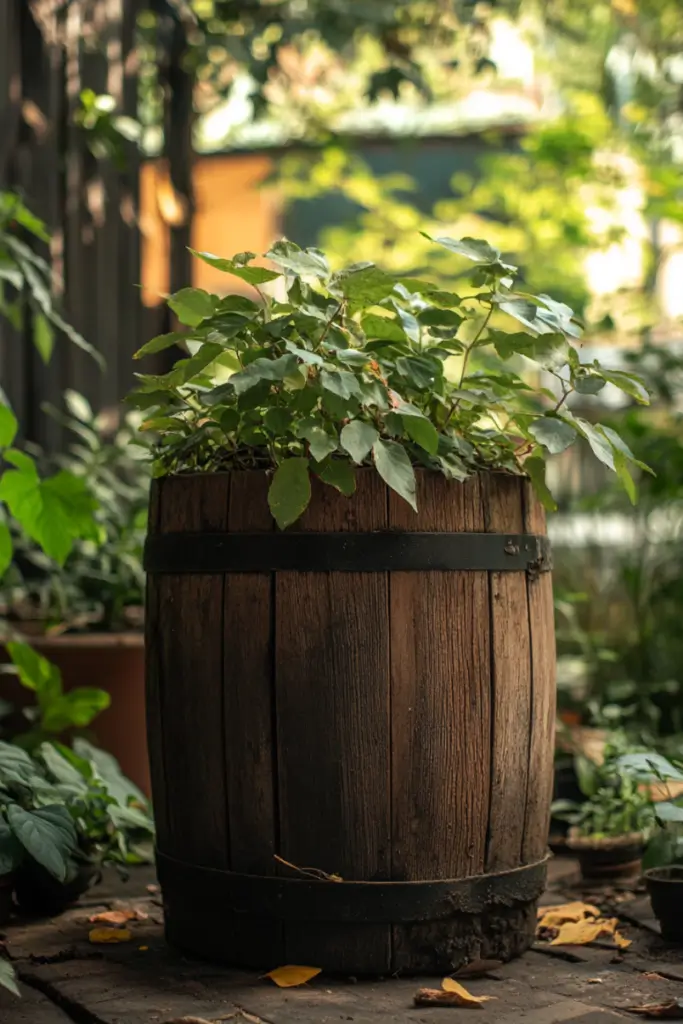
- Read also: DIY Compost Spreader: A Step-by-Step Guide to Building Your Own
- Read also: A Beginner’s Guide: How to Make a DIY Compost Sifter
Final Thoughts
Building a DIY compost barrel is a rewarding project that turns kitchen scraps and yard waste into valuable compost for your garden.
Whether you opt for a simple stationary bin or a more elaborate tumbler system, the key to success lies in maintaining a proper balance of materials, ensuring good aeration, and keeping moisture levels in check.
With a little care and attention, your compost barrel will provide you with nutrient-rich compost to nourish your plants and reduce your household waste.


